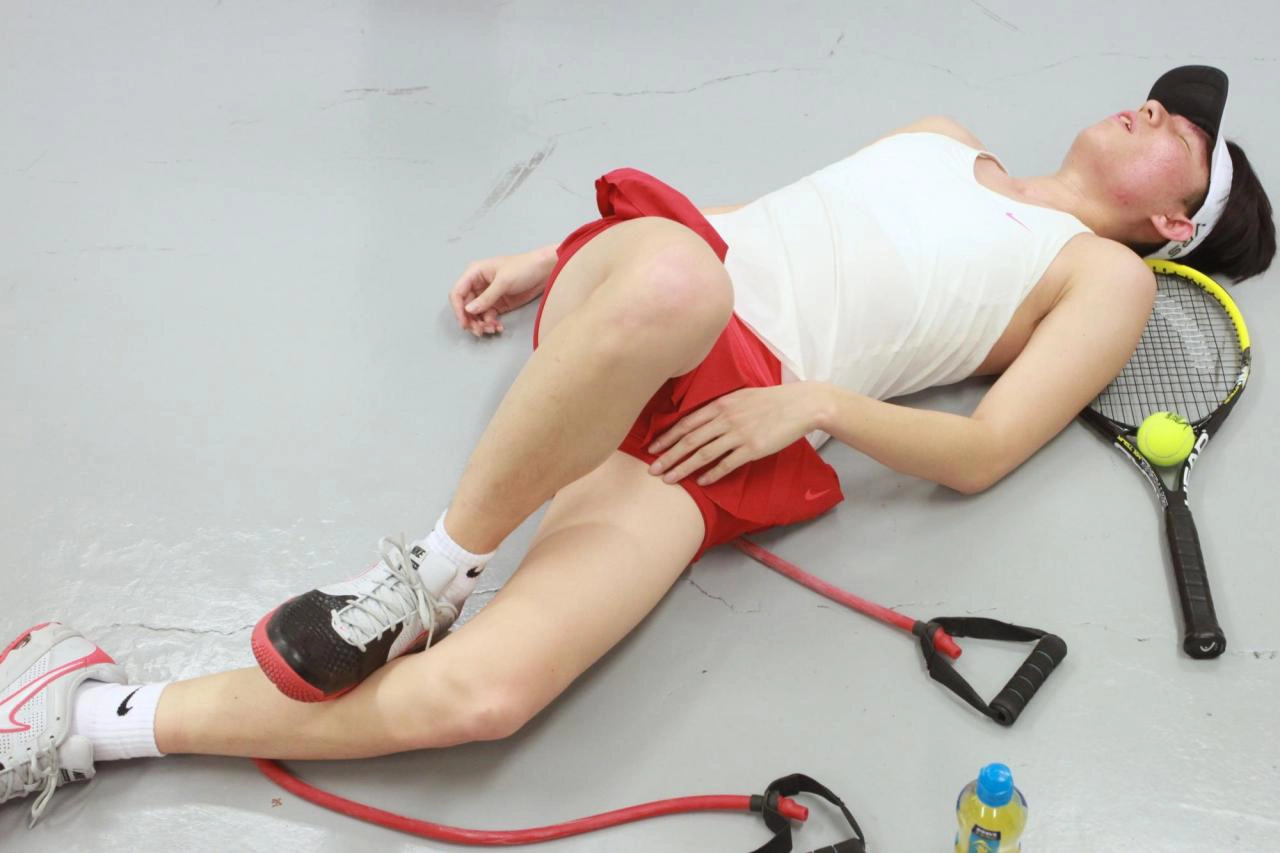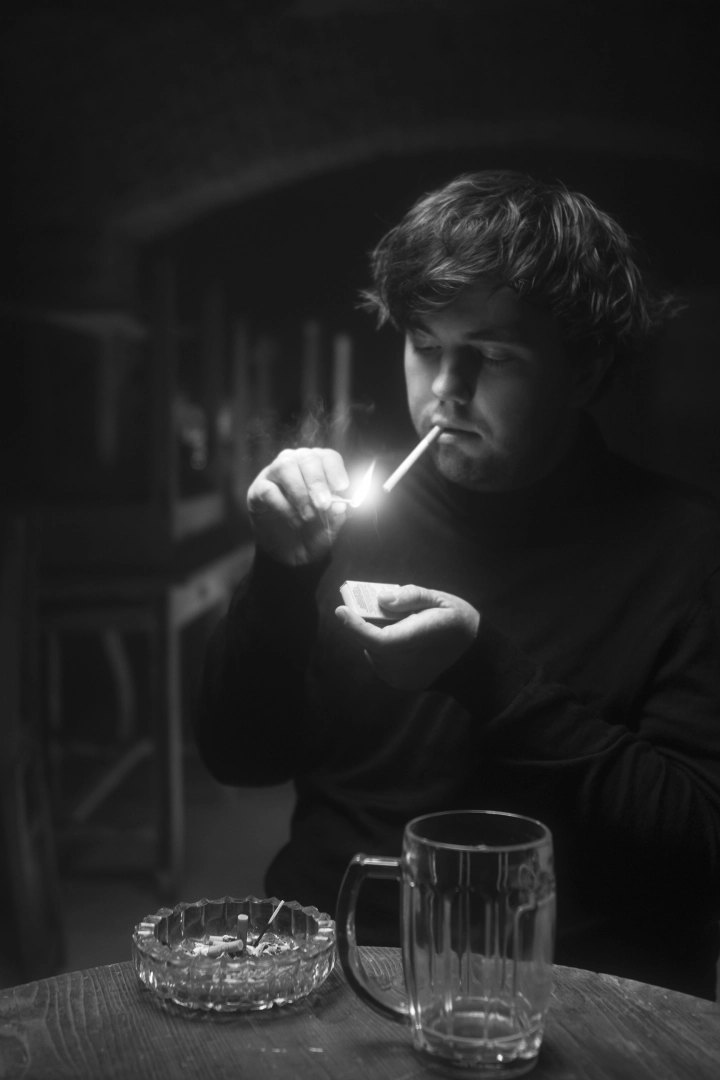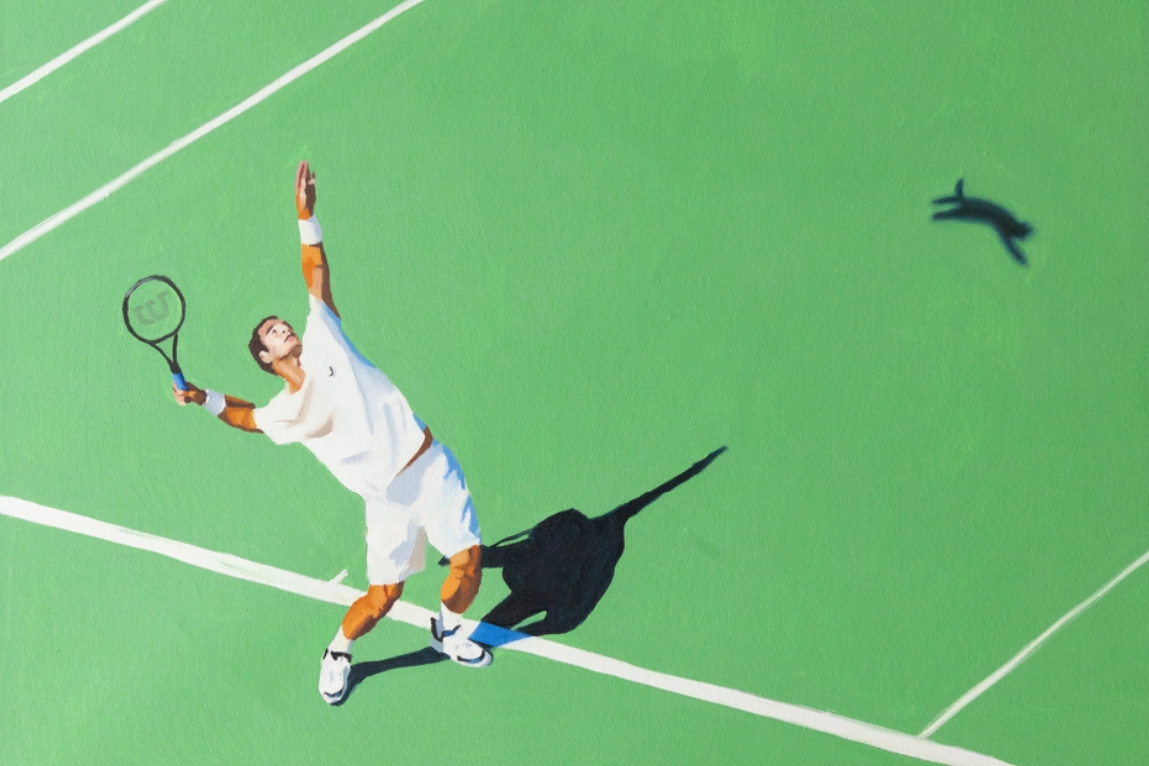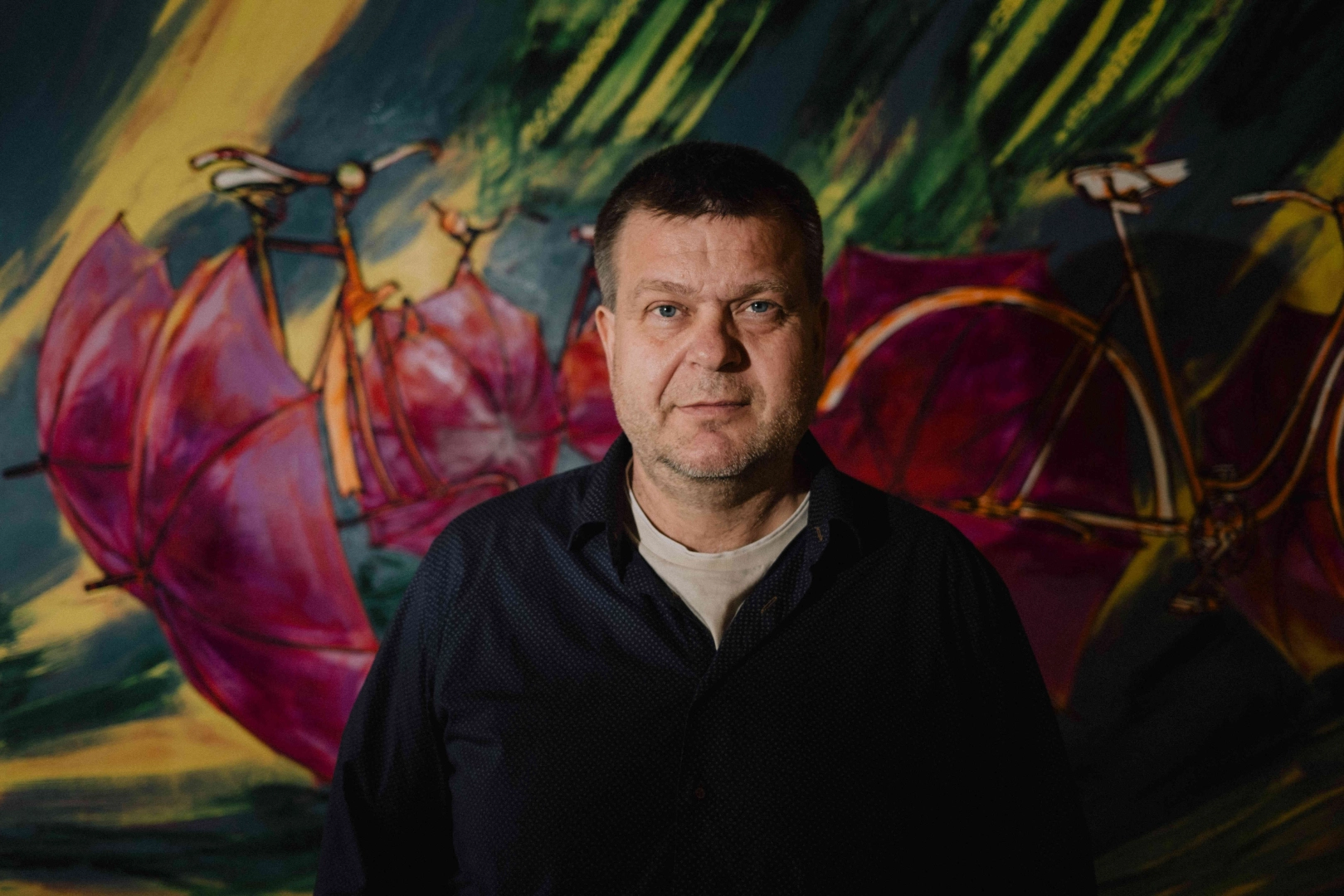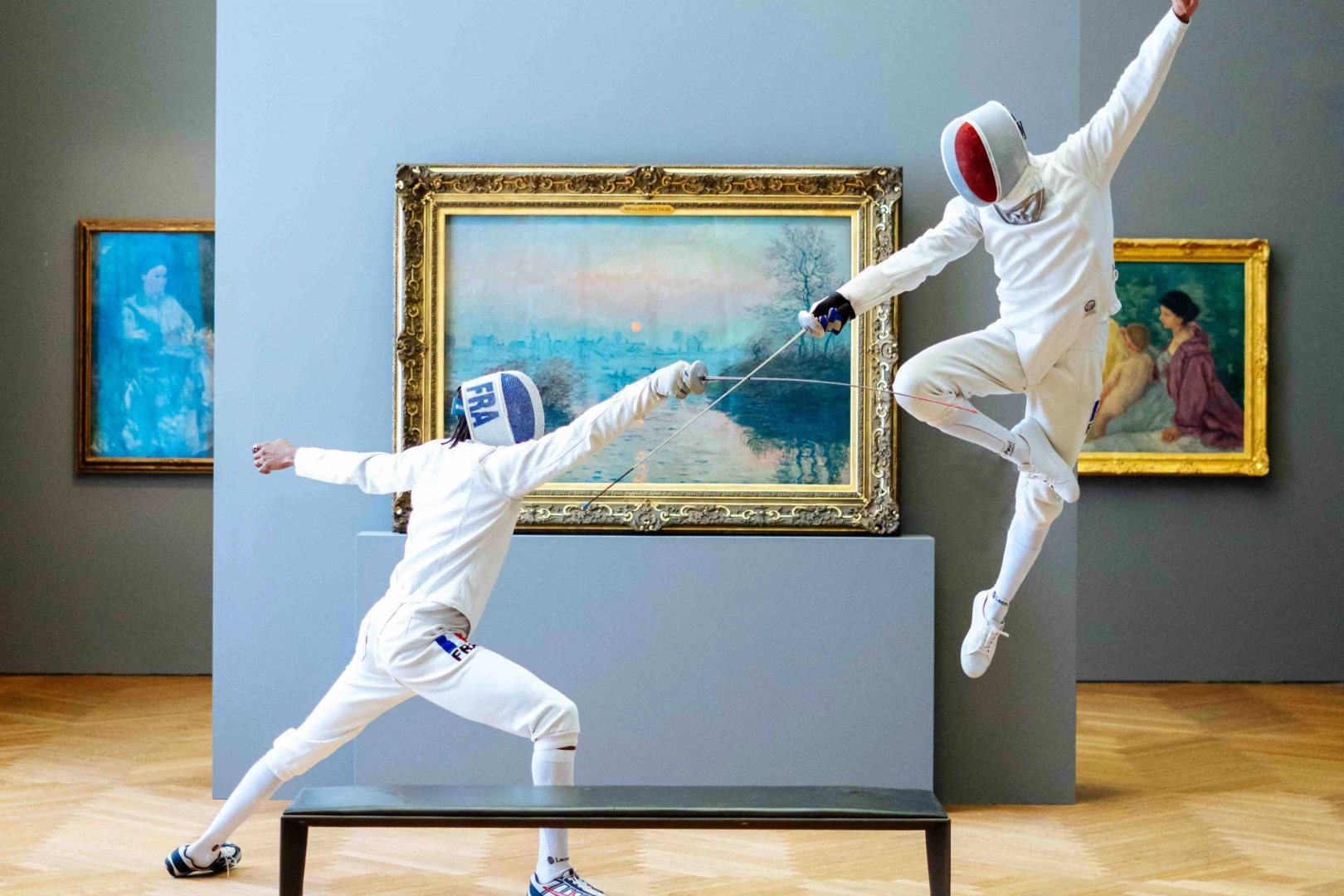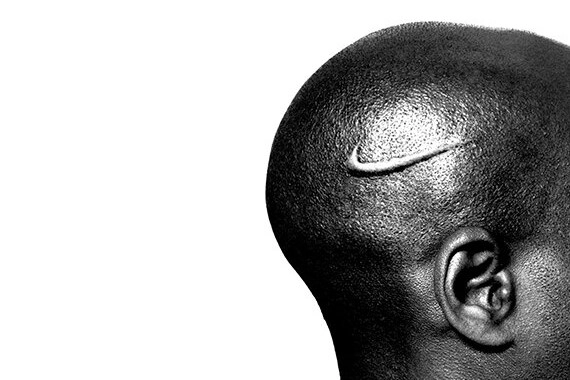What’s the difference between sport and art? Or more generally: what actually is art? That’s probably what runs through people’s mind when they see the work of Yuki Kobayashi, an artist who’s found inspiration in sport and uses his own body as the art medium. It’s the body he uses to explore themes such as gender neutrality, racial stereotypes or the actions of an individual in time and space.
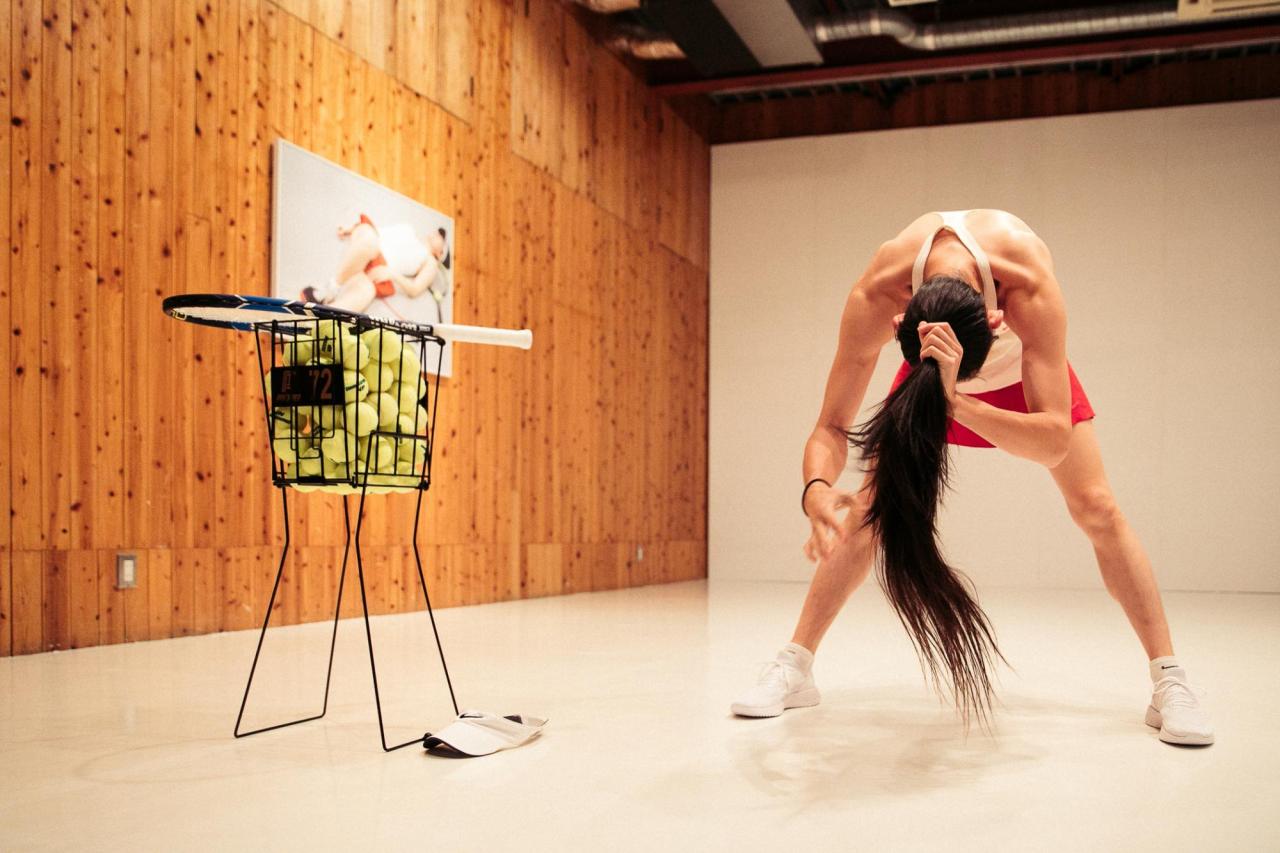
Some of Kobayashi’s performances, such as those from the series Life of Athletics, are in fact training sessions, whether it’s playing tennis or basketball, jumping on a trampoline, or strenght training. The artist doesn’t use canvas or other artistic materials as his medium, rather he utilizes his own body. And it is the conduct of his body through which he investigates the limits of physicality, performance, gender, and racial stereotypes, too. He wears women’s sports clothes in some of his acts, by which he creates a new gender identity; other times he’s exercising naked. It’s because in sport people are constantly subjected to the gender categorization, which Kobayashi breaks up. He himself used to be a professional athlete for a long time, but he would constantly contemplate his sexuality and general racial stereotypes – during his studies in London and Hawaii, him being an Asian belonged to the minority.
“When I was in high school, I played tennis, aiming to be a professional. At the same time, I really liked art and thought of becoming an artist as well in high school,” says Yuki Kobayashi and adds that he couldn’t feel any connection between sport and art: Sports felt really close to performance art, but at the same time different, because if you’re playing sports, the purpose is, like, you want to be the top player, for the health or just for fun. There’s a particular goal that you have to achieve. When I perform in a gallery or museum, the context is totally changed. Sports involve training your body every day. For example, dancers or choreographers, they train their body, there’s a typical movement or gesture. They can deconstruct those movements or create new ones. But for performance art, there’s no such training. It comes from the body as material. I wanted to make something between performance art and a trained body. It’s about moving my body as trained, but I want to search for something unexpected, something more fluid.
.jpg)
Kobayashi confronts the imitation of reality, mimesis – methods and techniques going all the way back to Ancient Greece. As a matter of fact, that is where the term kalokagathia comes from – the idea that physical beauty and nimble mind go hand in hand. However, the Japanese artist turns mimesis and kalokagathia upside down: he uses the sport performance to reflect the imperfections of a human body, thus the exact opposite of what they strived for in Ancient Greece. At the same time, he points out the gender fluidity and the uselessness of the racial stereotypes – gender is usually overexposed in sports, but Kobayashi says he’s trying to be “less manly” in his performances.
“Sports have such a strong influence over people. If you’re a sports star, people will follow you. I’m not an athlete anymore, I cannot be a top player and change society through sports. That’s why I want to keep making these works as an artist, giving people those opportunities to think about how we can change those gender and sexuality norms,” comments the artist on his work.
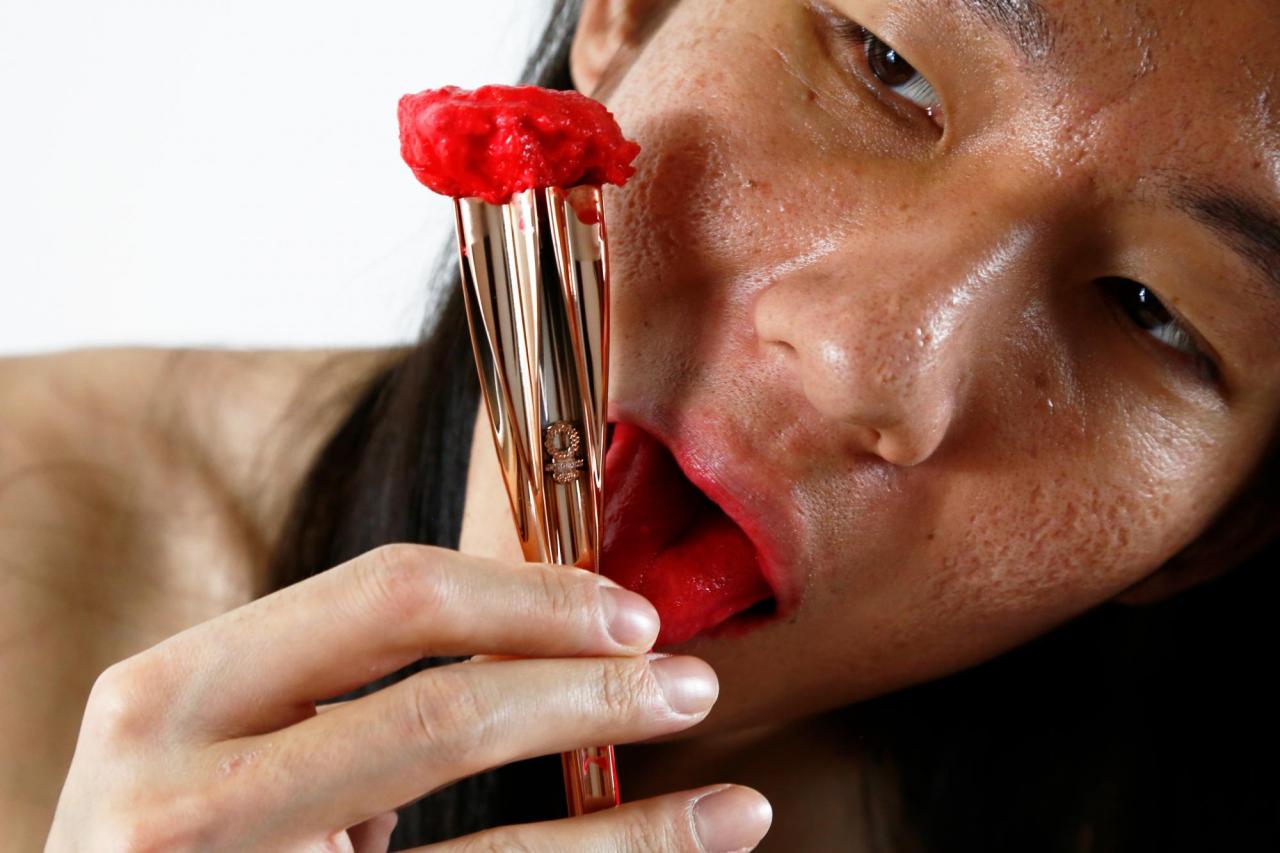
The surrounding world imitation theory, which he confronts, was valid until the 20th century when new definitions and principles appeared – could we apply George Dickie’s institutional definition of art to Kobayashi? The definition stating that anything exhibited in a gallery or a similar institution can be considered art? No doubt it has its role, too – hadn’t Kobayashi presented his training as a performance for an audience, that is situated in an artistic environment, we would have perceived him as an exercising amateur athlete. The Japanese artist consciously alters his behavior in relation to the presence of spectators – he deliberately uses the sport to caricature the sport itself. Doing so he beats the path for other artist who might consider diving into the sports theme; he brings the insight of a person who was dedicated to sport more than on a hobby level but doesn’t treat it with boundless adoration. Recognizing that (especially) in professional sport one can encounter a number of toxicities which need to be addressed (gender generalization, racial stereotypes) may help growing not only the sport alone, but the society as such.

Yuki Kobayashi was born in 1990 in Tokyo. He started playing tennis as a teenager. He attended Harry Hopman Tennis Academy in Florida. He moved to the Great Britain in 2010 to begin his career as an artist. Nowadays he performs all over the world at festivals, exhibitions or in theaters.
